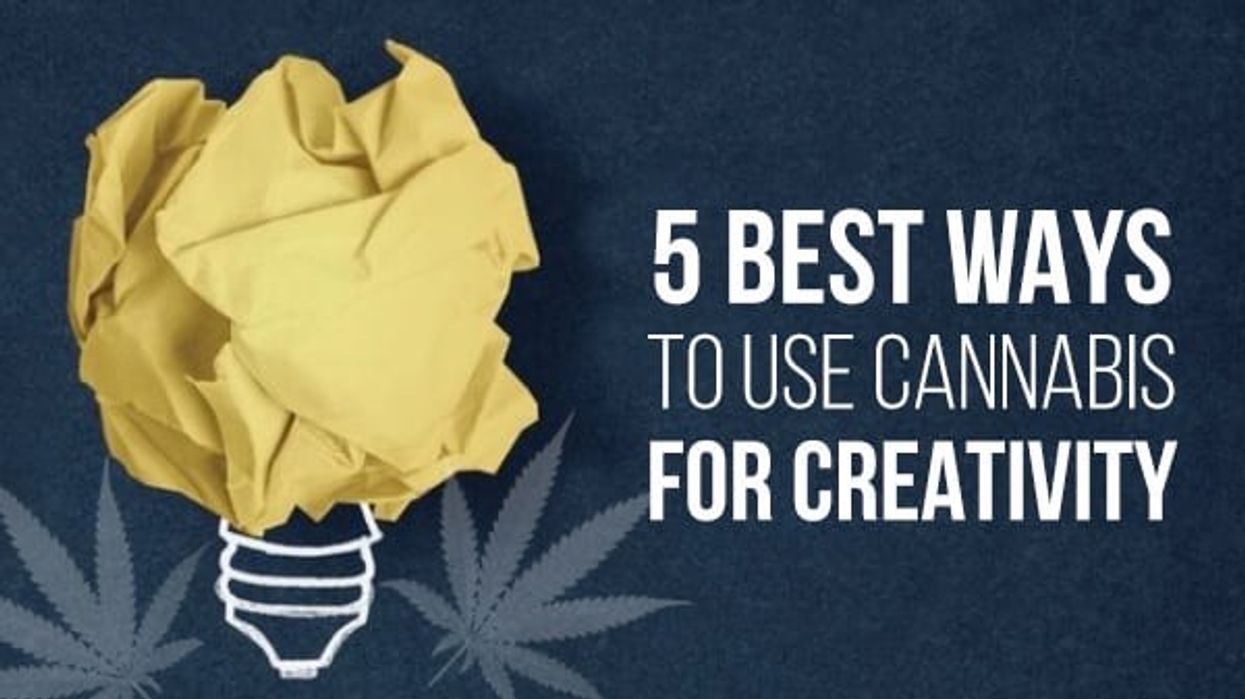Sign Up for The Bluntness Newsletter for Your Weekly Dose of Cannabis News
There was a time when people associated cannabis as leading to one thing and that is getting high. That was then this is now, numerous research has proven that cannabis actually has medicinal purposes. Which is why more and more people are using it as a pain killer, a way to relieve nausea, for depression or just as a way to relax. The once consider taboo plant has even been legalized for medical use in over half the states in the United States. But no doubt some are still leery about using cannabis even for medical purposes, which is understandable. Whether it comes from a plant or not there is still cause for concern, especially when first introducing it to your body, so why not try microdose to begin with.
What is Microdosing Cannabis?
Microdosing is pretty much what the name says, it is using trace amounts of cannabis be it in a tea, liquid or edible form to gradually adjust the body to it. Through micro-dosing, a person will discover how little or how much they actually require for relief. But be able to control how their body feels and not end up feeling high as a result of using too much. Remember, if you never used a cannabis product before this is something new, even when using a prescription or over the counter pain killer is always advisable to start at a lower dosage then what is instructed to see how the body reacts.
How Much Cannabis is a Microdose?
The amount of the dose could vary from individuals. Some recommend as little as two milligrams, which others say ten milligrams. Perhaps the best course of action is the start with the smallest microdose and see what happens. A factor to the type of microdose used could be the type of cannabis product if the product is pure or has a certain type of strain the effects could be greater. So, one thing that can be done is look at the recommended dosage on the package and take either half or a fourth of the dosage to adjust the body to the cannabis.
Side Effects and Precautions
Even with micro-dosing trace amounts of cannabis, there will be some side effects. A person may feel drowsy or light-headed, which isn't unusual given how this product relaxes individuals. One major precaution to remember when first starting to take cannabis is to avoid alcohol at least till the body adjusts to the product. Even afterward make sure not to take cannabis and drink right before or after. Think of cannabis as a prescription pain killer most of the hte precautions that go with these apply to cannabis as well.
Bottom-line micro-dosing cannabis is an effective way to start using a cannabis product. Which is why so many medical professionals now recommend doing so to patients who need the product to maybe help them deal with side effects from cancer therapy. Whatever the reason where cannabis is concerned a little bit is what is best when first starting out.
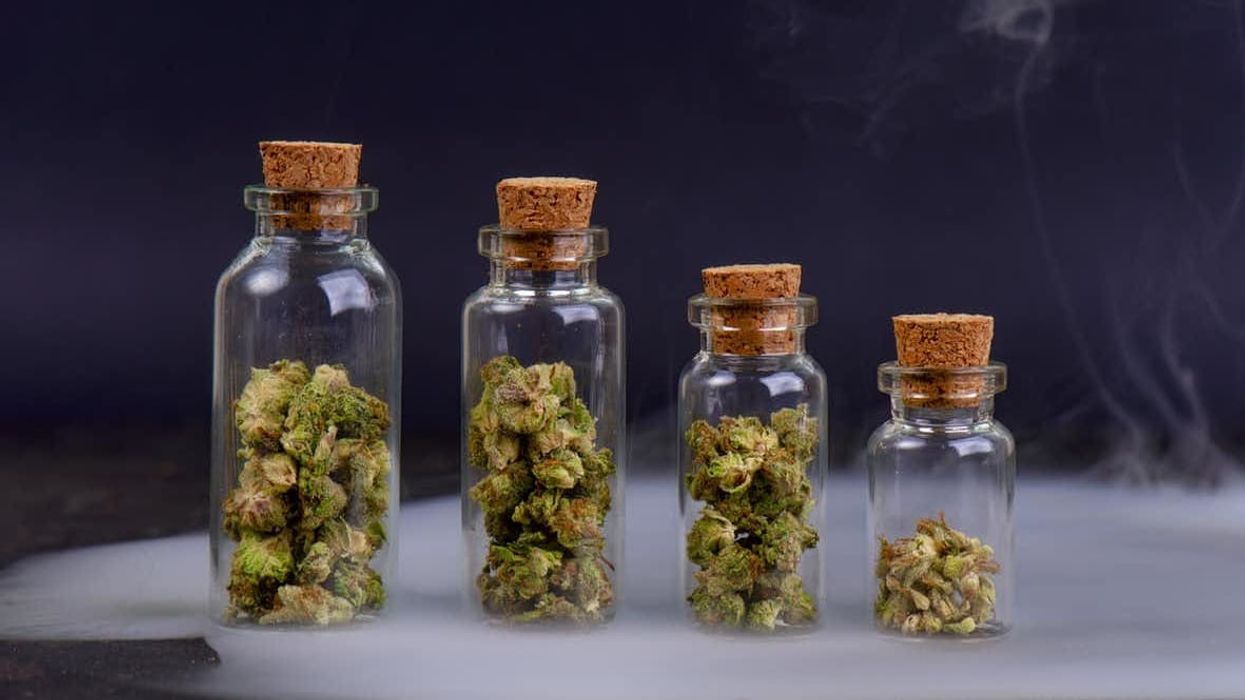

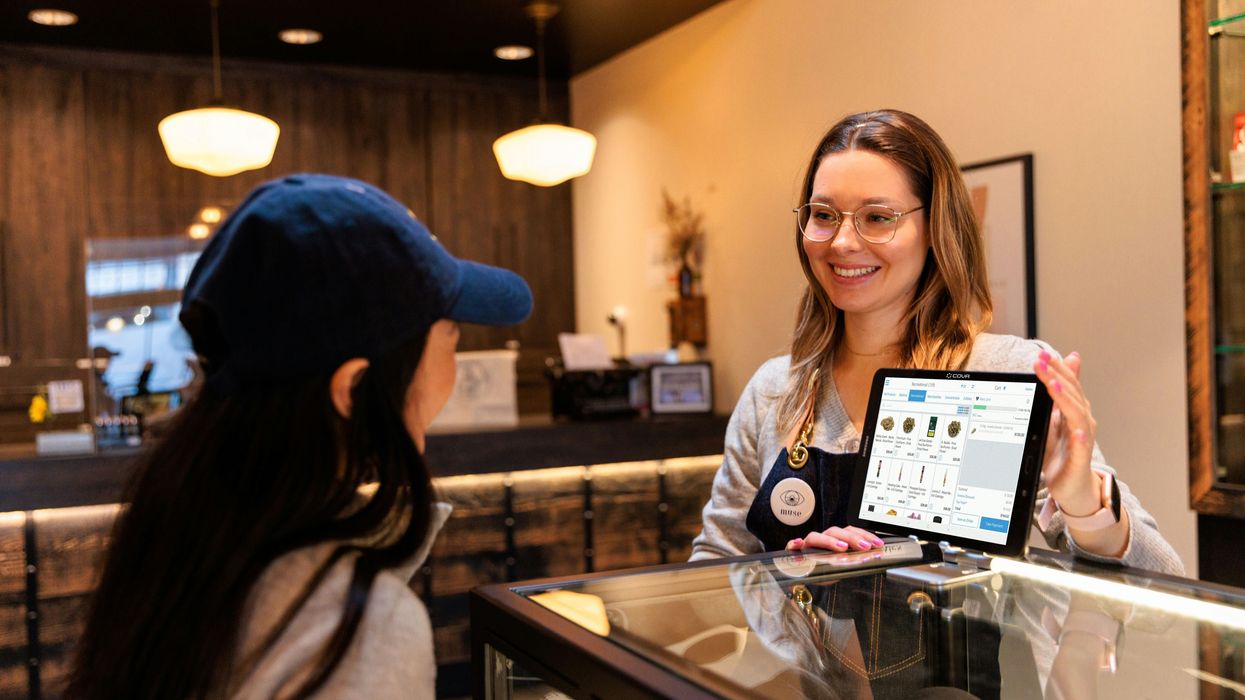
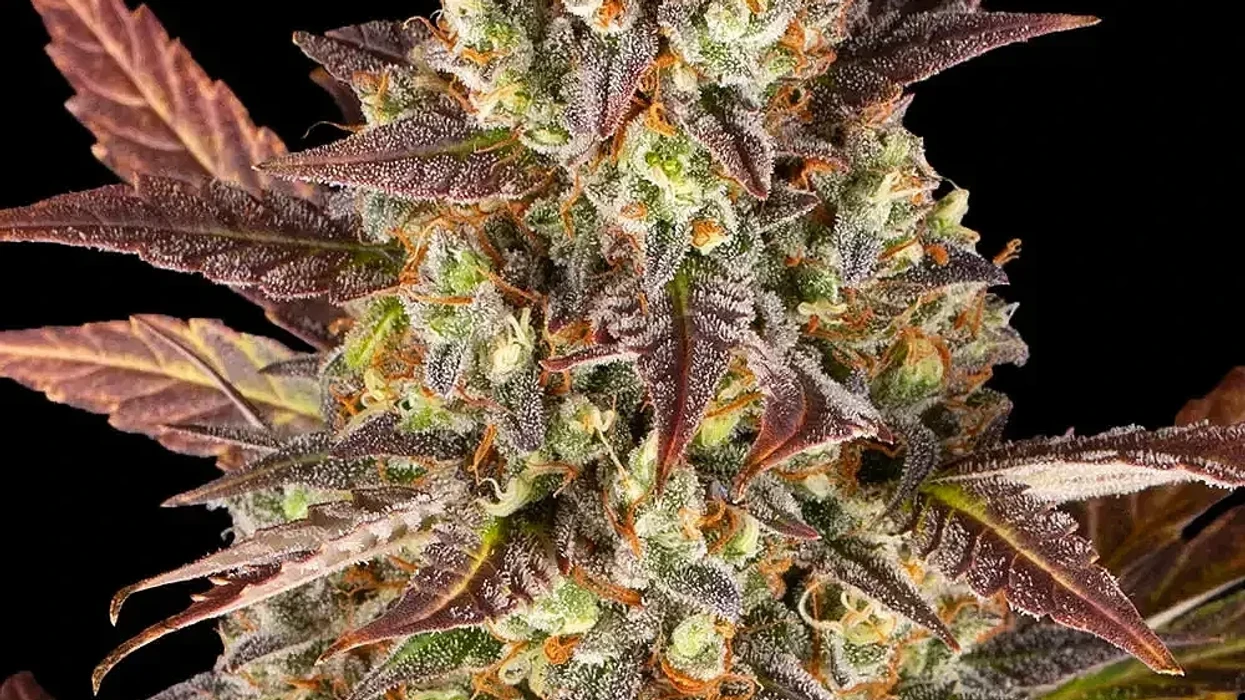
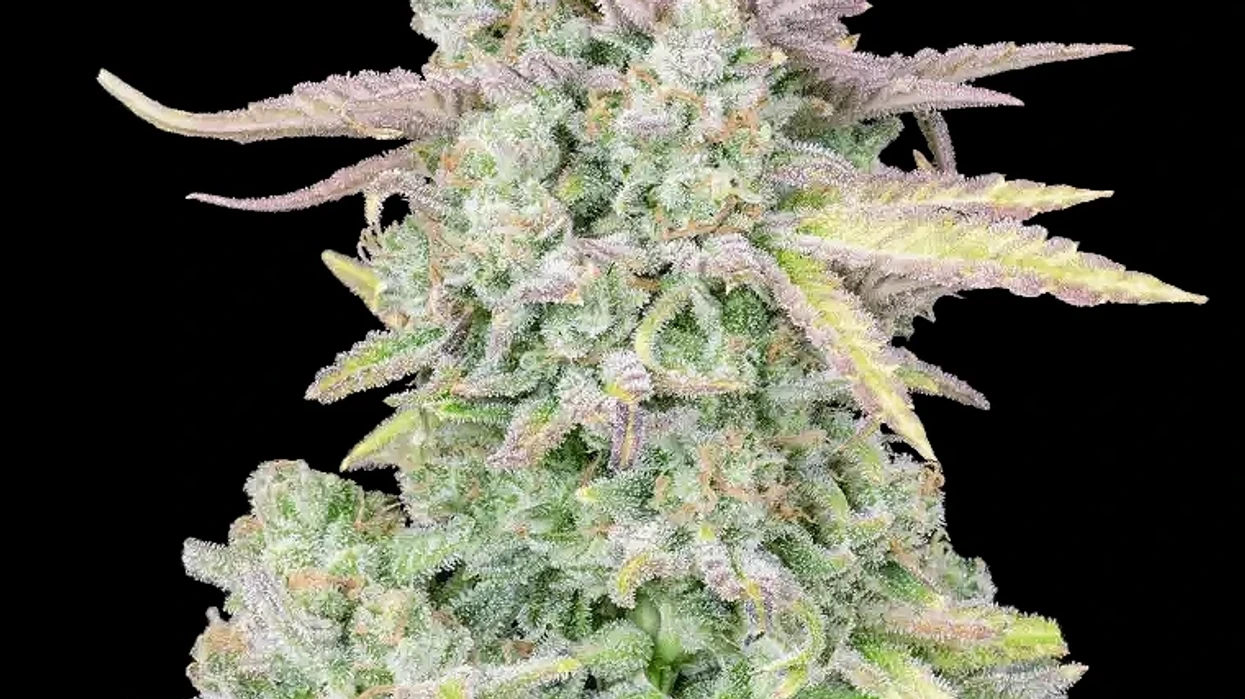
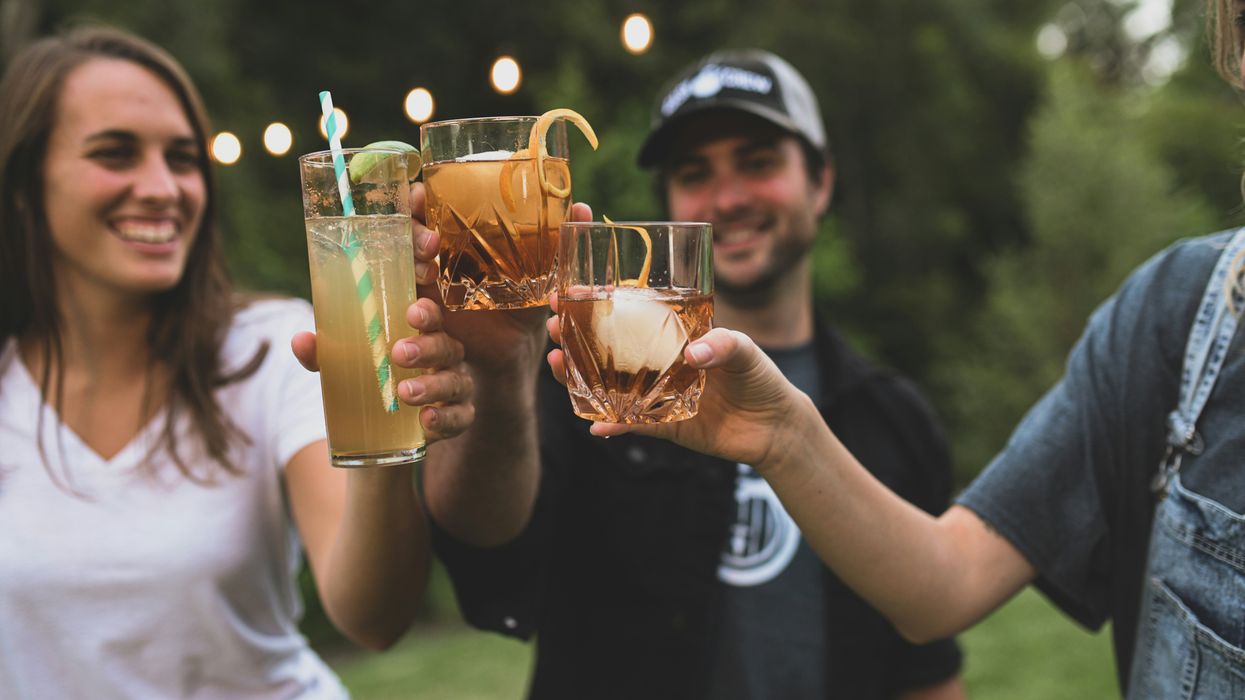
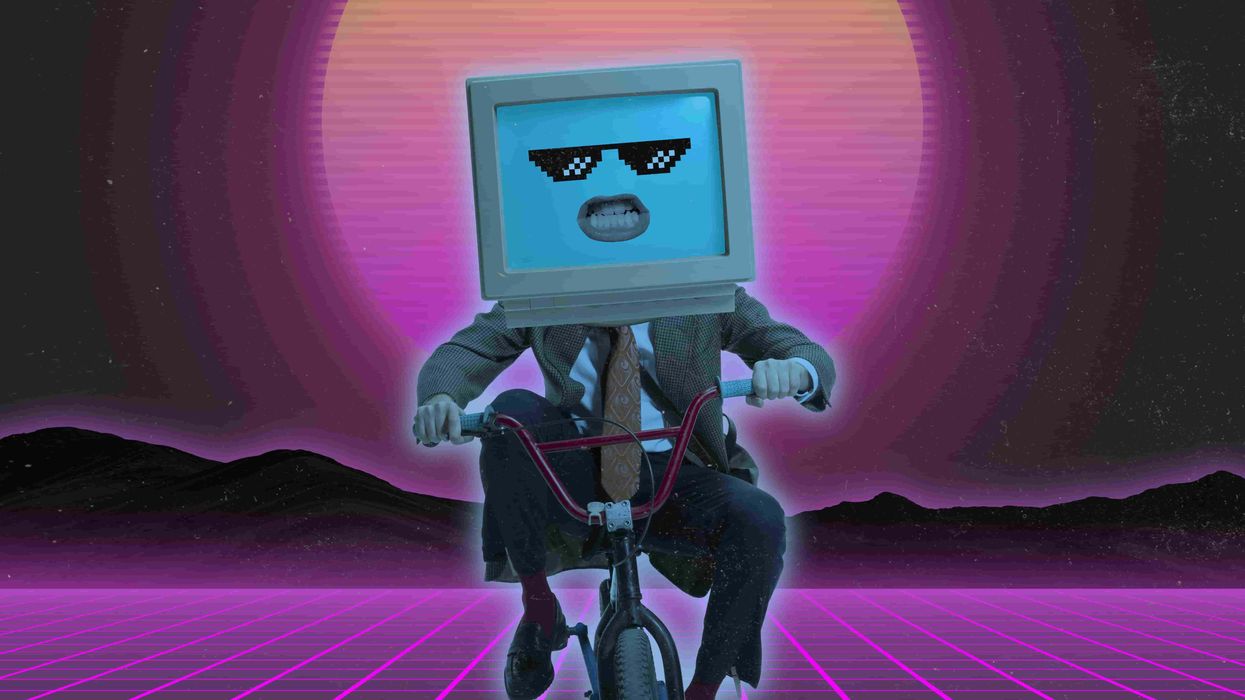
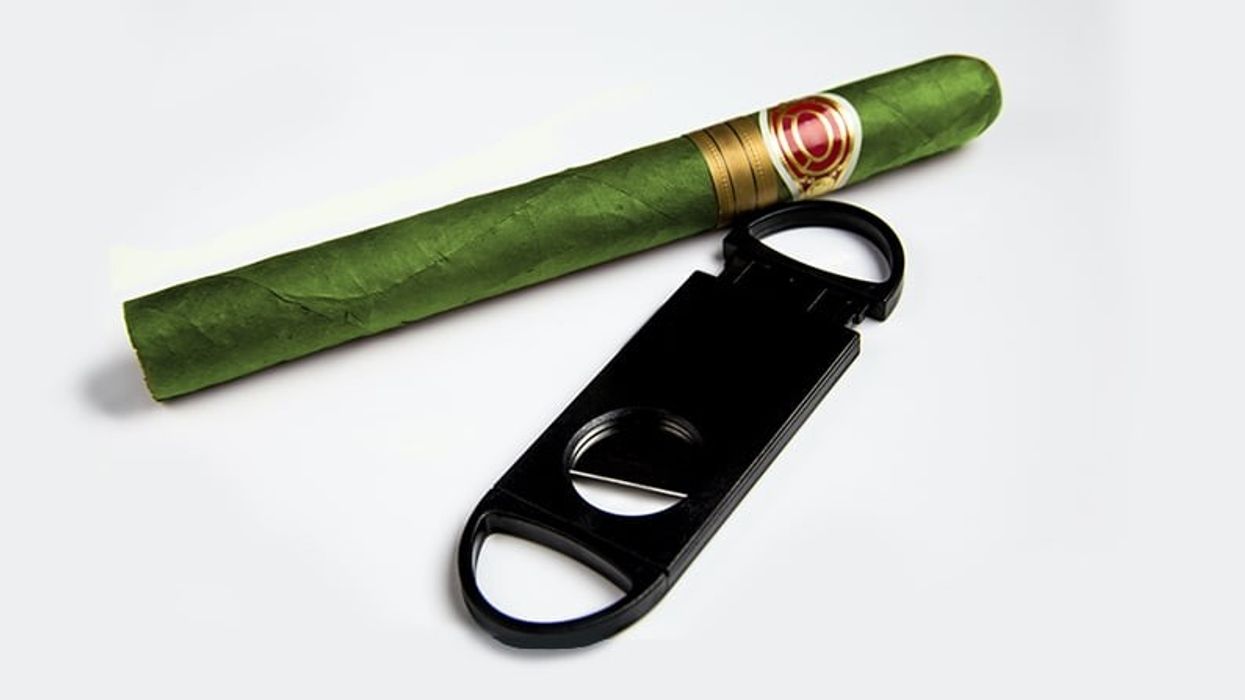

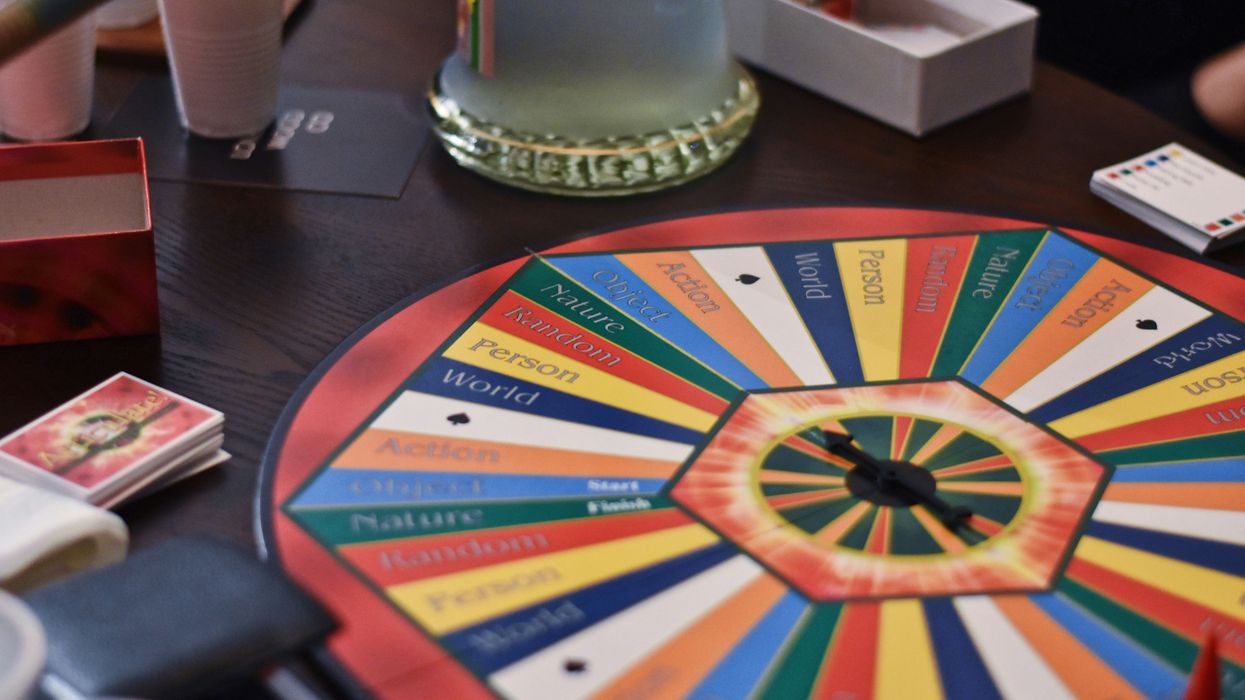
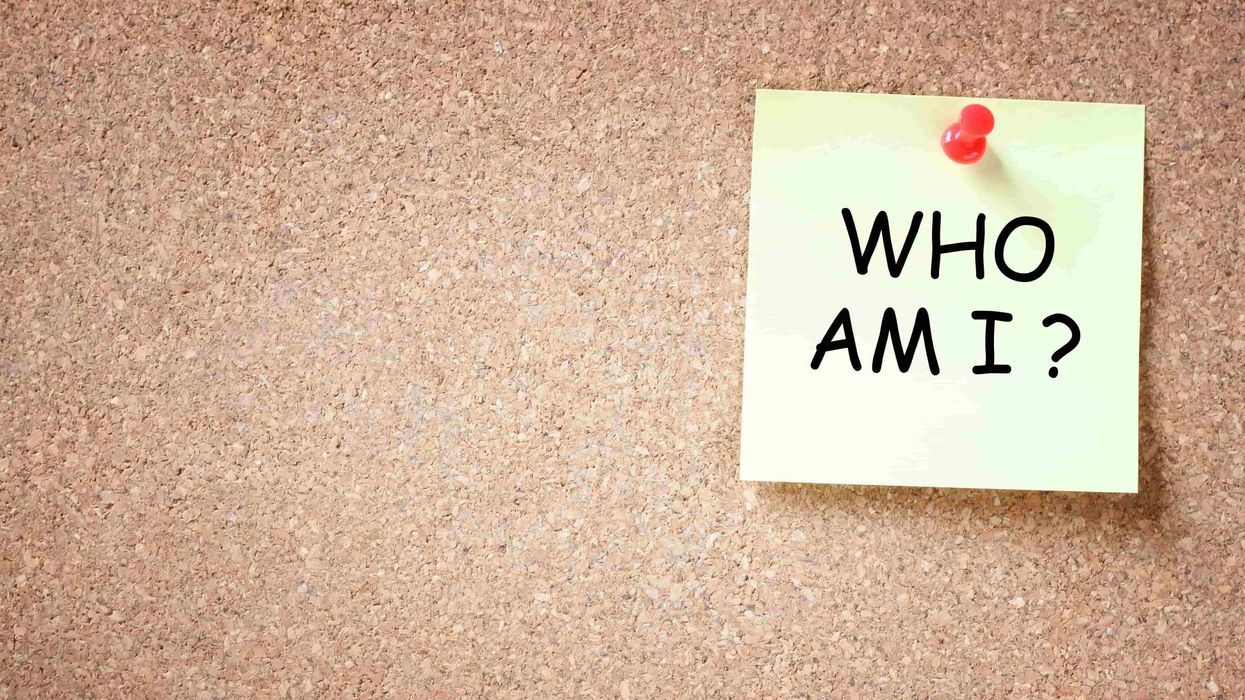
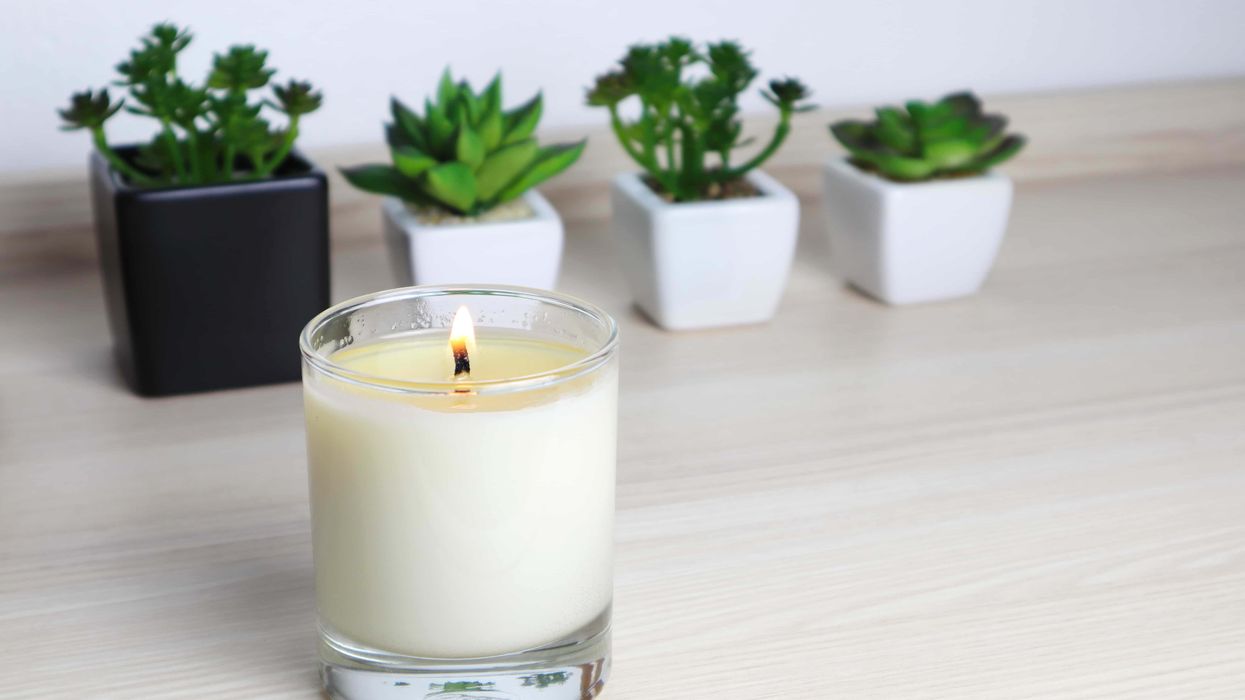
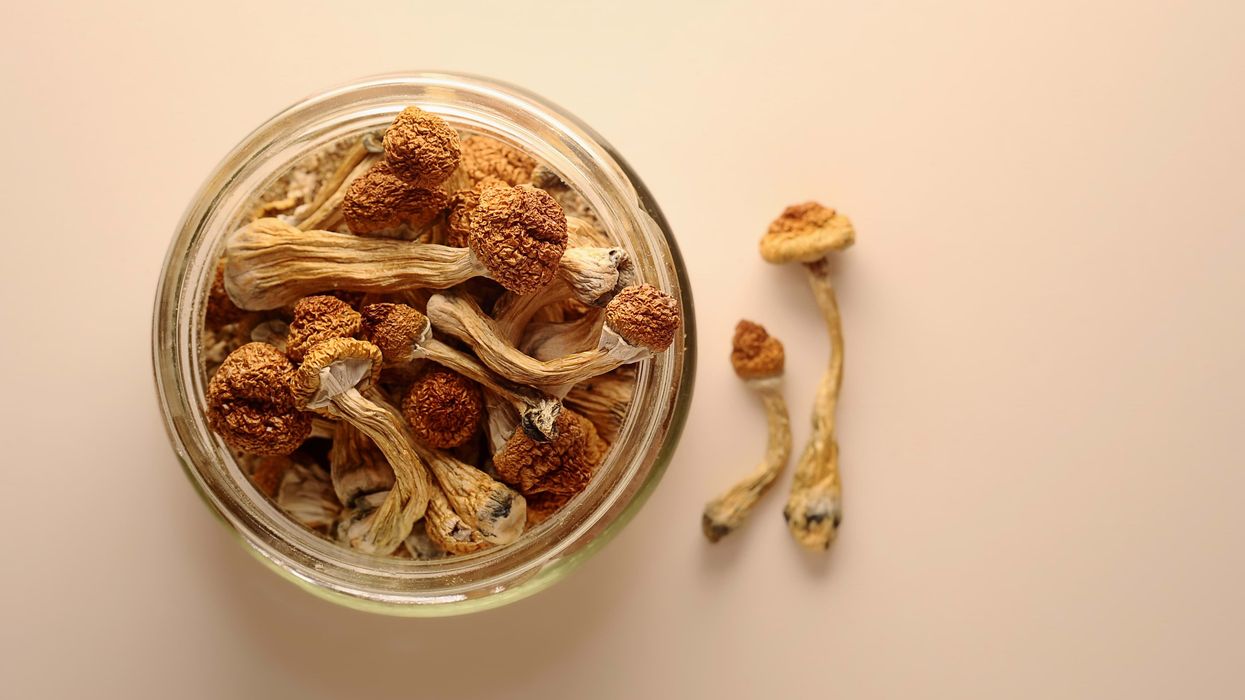
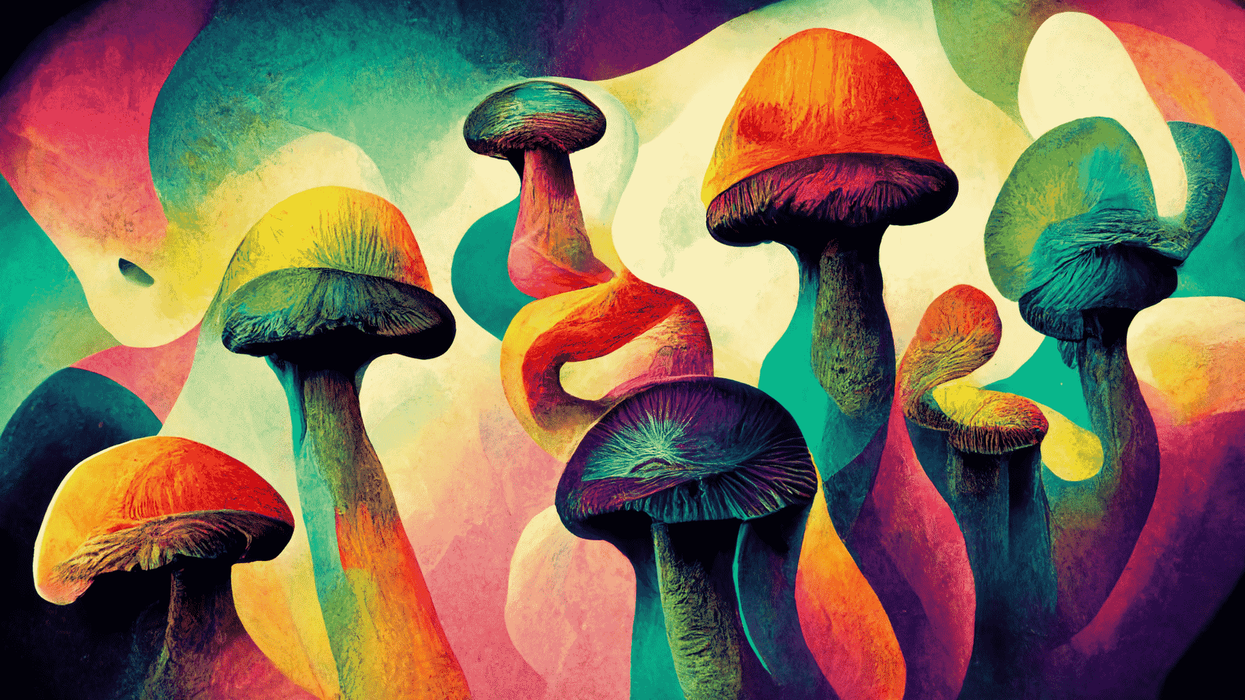

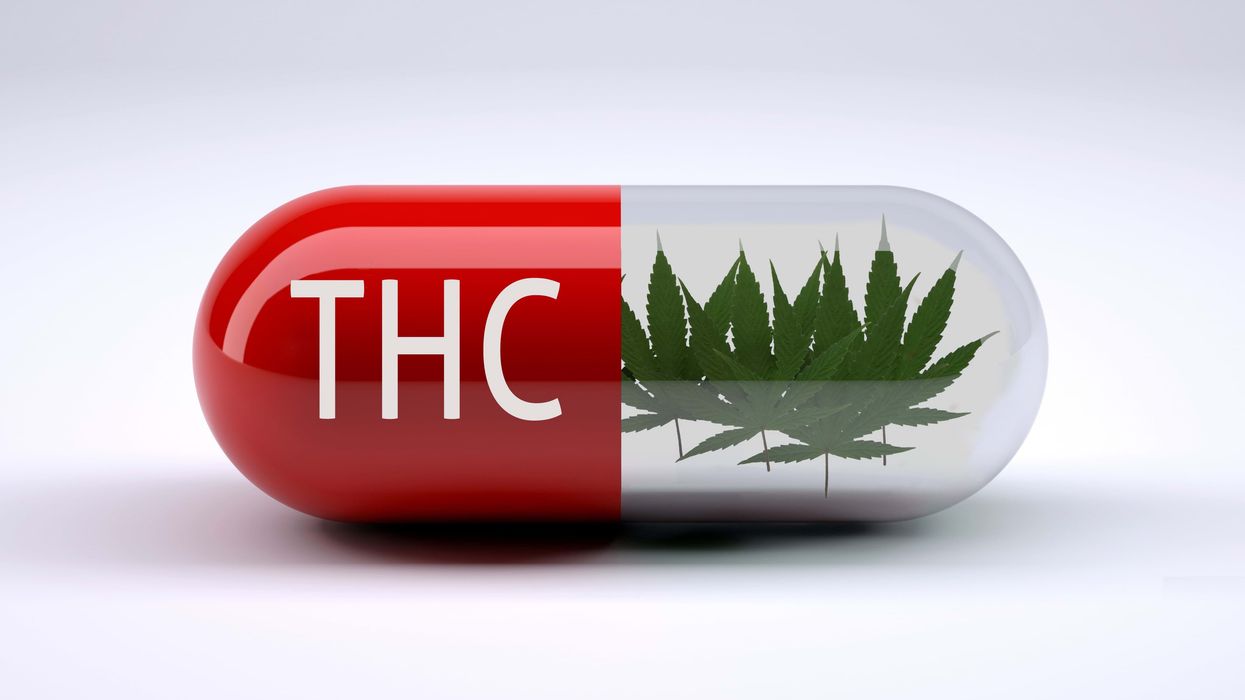
 Humankind has been using THC for millennia.
Humankind has been using THC for millennia.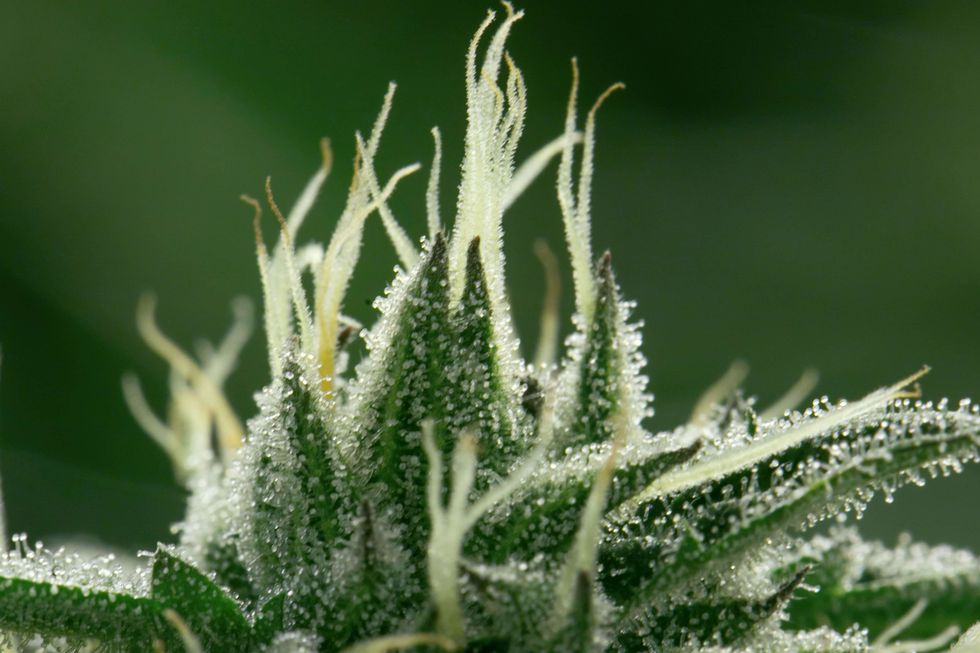 Those little, sugar-like crystals are the sticky trichomes that house special chemicals including cannabinoids and terpenes.
Those little, sugar-like crystals are the sticky trichomes that house special chemicals including cannabinoids and terpenes. Raw cannabis typically contains very little THC. Instead you get non-psychoactive THCA, which is converted into THC.
Raw cannabis typically contains very little THC. Instead you get non-psychoactive THCA, which is converted into THC.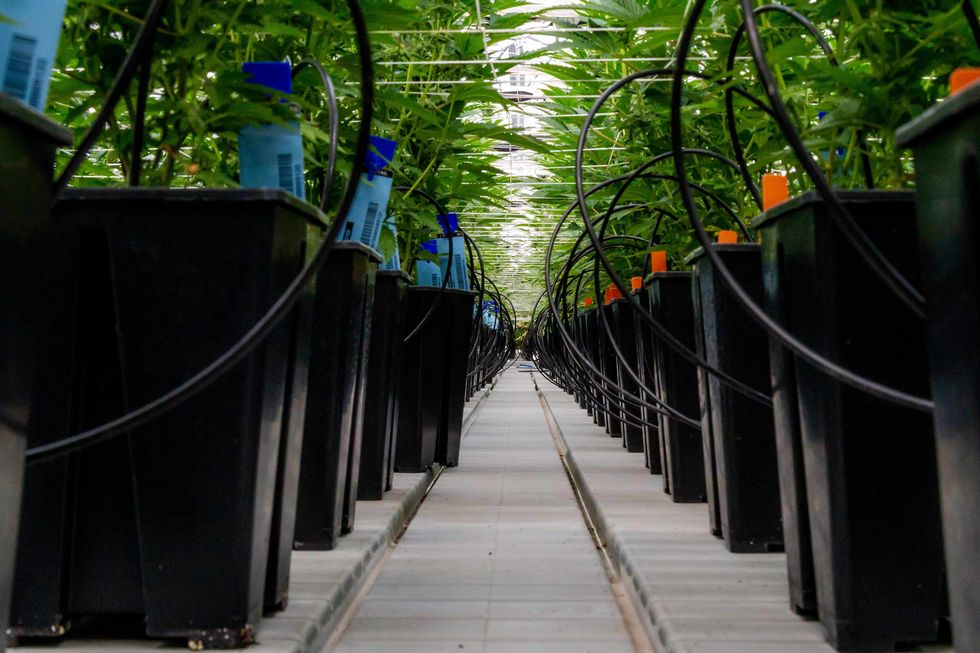 Cultivators are now breeding cannabis not just for THC, but other cannabinoids such as CBD, THCV, and more.
Cultivators are now breeding cannabis not just for THC, but other cannabinoids such as CBD, THCV, and more. Getting the most out of cannabis usually requires a bit of guidance and patience.
Getting the most out of cannabis usually requires a bit of guidance and patience.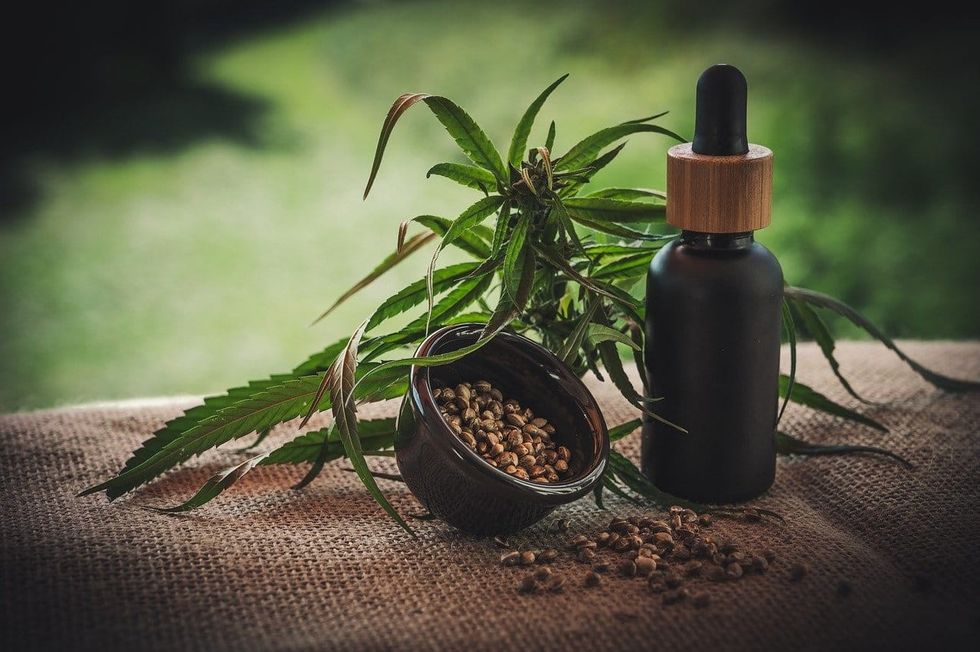 A lot of people think CBD is medical, and THC is for fun. This is an unfortunate misconception.
A lot of people think CBD is medical, and THC is for fun. This is an unfortunate misconception.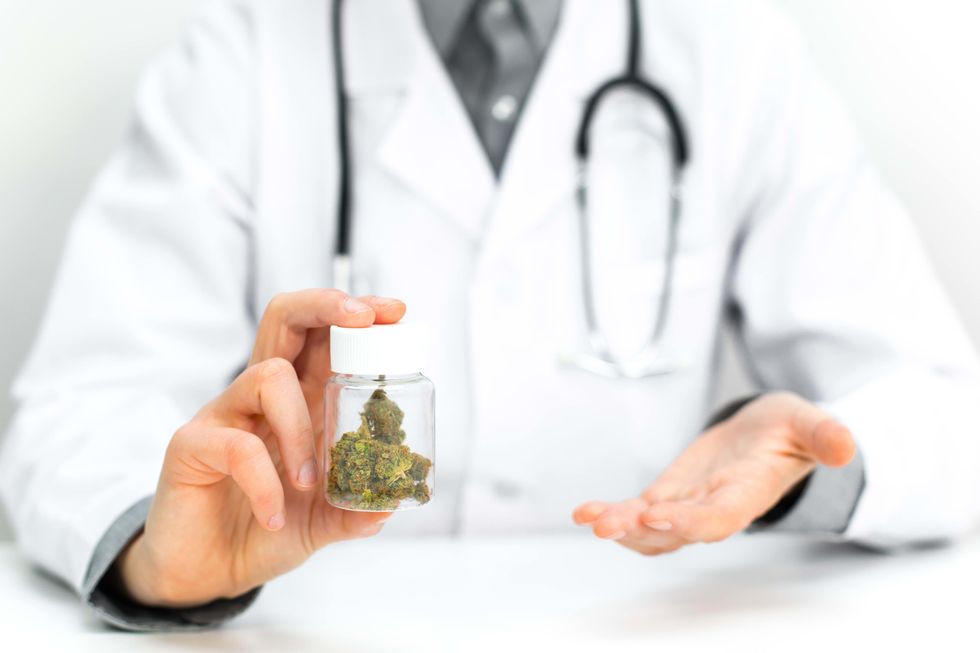 THC has a surprising amount of medical benefits.
THC has a surprising amount of medical benefits.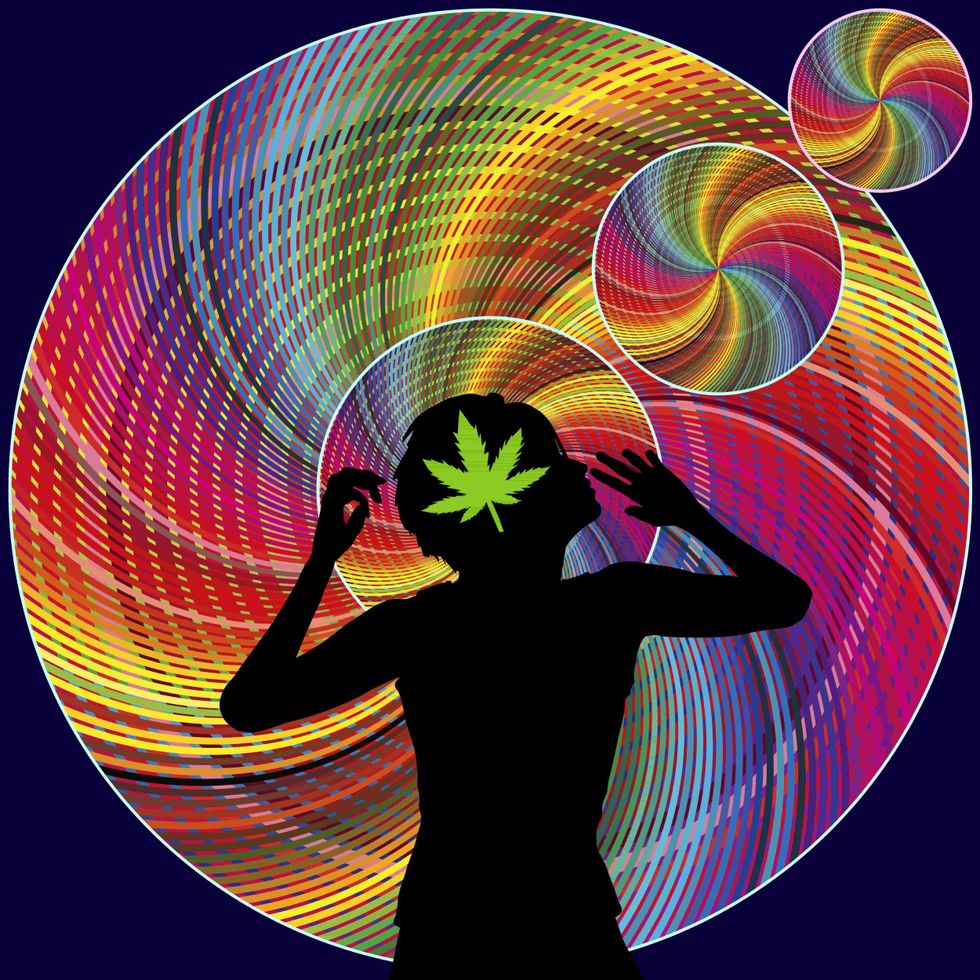 For some the cannabis high is an unwanted side effect, for others it's the main show.
For some the cannabis high is an unwanted side effect, for others it's the main show.